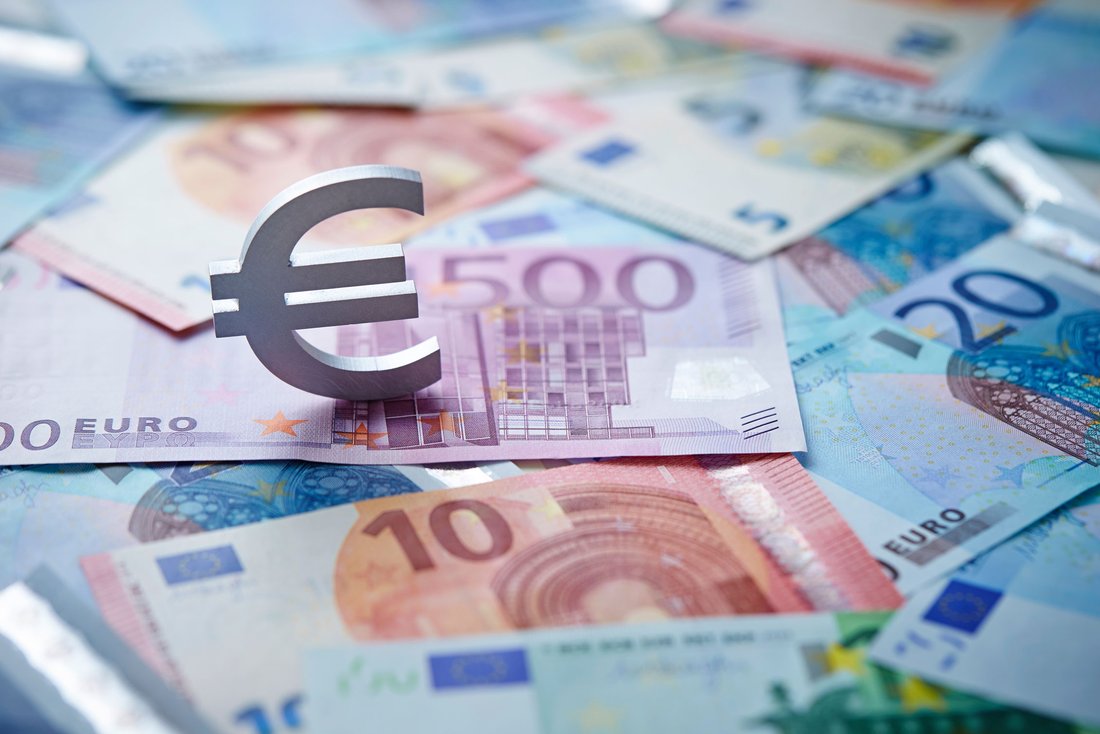Digital Euro Project: A New Means of Payment in Europe?
At the end of 2023, the European Central Bank initiated the preparatory phase for their new digital euro project. The goal of the project is to create a digital currency common to the entire Eurozone. How would digital euro payments work? What are the challenges to its adoption? Here are some essential questions to consider while anticipating the integration of the digital euro into our wallets.
What is the digital euro?
The digital euro is a project to create a virtual currency by the European Central Bank (ECB). It would serve as a new means of payment in Europe, with a completely digitised, intuitive use and high level of confidentiality.
In recent years, the payment habits of European consumers have undergone significant changes; digital payments with a credit card or smartphone are surpassing traditional coins and bills. In a market dominated by private actors, the digital euro would provide a public alternative. However, the ECB would issue and back this new currency, exactly how it does for physical euros, therefore making the digital Euro distinct from cryptocurrencies.
The digital euro would be a new tool used in tandem with and complementing existing coins, bills, and credit cards. European consumers would have a new payment solution available for all their purchases in Europe, whether in-store, online, or even between individuals.
How would the digital euro work?
This payment method would be open to anyone residing in the Eurozone, including travellers within the area. European consumers would have access to it in France as well as when traveling within the Eurozone.
In any European country that has adopted the euro as its official currency. Thus, within the 20 countries of the Eurozone, you could use the digital euro in a German supermarket, an Italian restaurant, or on a Belgian online shopping site.
No, the digital euro is only intended as a complementary method of payment. There is no intention to replace cash or credit cards. Instead, the hope is achieving a coexistence with different payment methods in Europe that ultimately serves to facilitate consumers' daily lives.
According to the current projections of the ECB, consumers could use the digital euro in two distinct ways:
- Online: through the creation of a virtual wallet on a smartphone, for example. The exact method of use is still under debate: QR code, personal key, etc.
- Offline: without the need for an internet connection, consumers could still have access to their digital euros by loading them in advance onto a card for payment.
What are the challenges of the digital euro?
This new payment method, currently in the project stage, raises several questions. Before deciding to create a digital euro, the European Central Bank still needs to study the following aspects:
Accessibility
Paying with the digital euro needs to involve minimal to no additional fees in order to make this payment method accessible and realistic for everyone. At the same time, the need to guarantee accessibility would have a secondary effect and significantly ease the lives of travellers often faced with fees for cash withdrawals abroad.
Restrictions
To prevent bank accounts from being drained in favour of this new payment method, users will be limited to a certain amount of digital euros. The ECB has mentioned a personal cap of 3,000 euros, but nothing is finalised yet.
Inclusivity
The goal of creating the digital euro is to make it accessible to everyone, including all citizens of the Eurozone, regardless of their geographical location, age, internet access, or digital skills. As the digital euro will not be tied to a bank account, it would also serve as a payment method for consumers without a credit card.
Security
A payment with the digital euro should require fewer data transfers than a credit card payment. The level of confidentiality would be similar to that of cash for offline payments, as it would rely on the direct transfer from payer to payee. The ECB would not have access to users' personal data, although some data collection would be necessary for the system's operation. The digital euro aims to collect the least amount of private information possible, and this minimal collection should comply with personal data protection regulations such as the General Data Protection Regulation (GDPR).
Cybersecurity Risk
The issuance of a digital currency naturally requires a secure computer system to ensure smooth usage. The main challenge regarding this aspect will be to avoid processing delays, prevent leaks of personal data, and block any cyber-attacks.
Guarantees in Case of Issues
Credit cards often include insurance protecting users in case of card loss or theft. This aspect is under consideration in the case of the digital euro to provide the best protection for users of this payment method.
When is the implementation of the digital euro planned?
The European Central Bank launched the “preparatory phase” of the digital euro project on October 18, 2023. The goal of these preparatory efforts is to establish the operational rules of the new payment method, address the technical issues of its large-scale implementation, and conduct experiments until autumn 2025.
Only after this preparatory phase will the Governing Council (the decision-making body of the ECB) decide whether to create this new form of currency. Subsequently, European institutions will need to adopt the necessary legislative rules for its implementation and formalise its status.
Therefore, an immediate introduction of the digital euro is not expected. The necessary adaptations for its arrival will take several years. You may likely have to wait until 2027 or 2028 to use digital euros for payments in Europe.
Funded by the European Union. Views and opinions expressed are however those of the author(s) only and do not necessarily reflect those of the European Union or the European Innovation Council and Small and Medium-sized Enterprises Executive Agency (EISMEA). Neither the European Union nor the granting authority can be held responsible for them.


